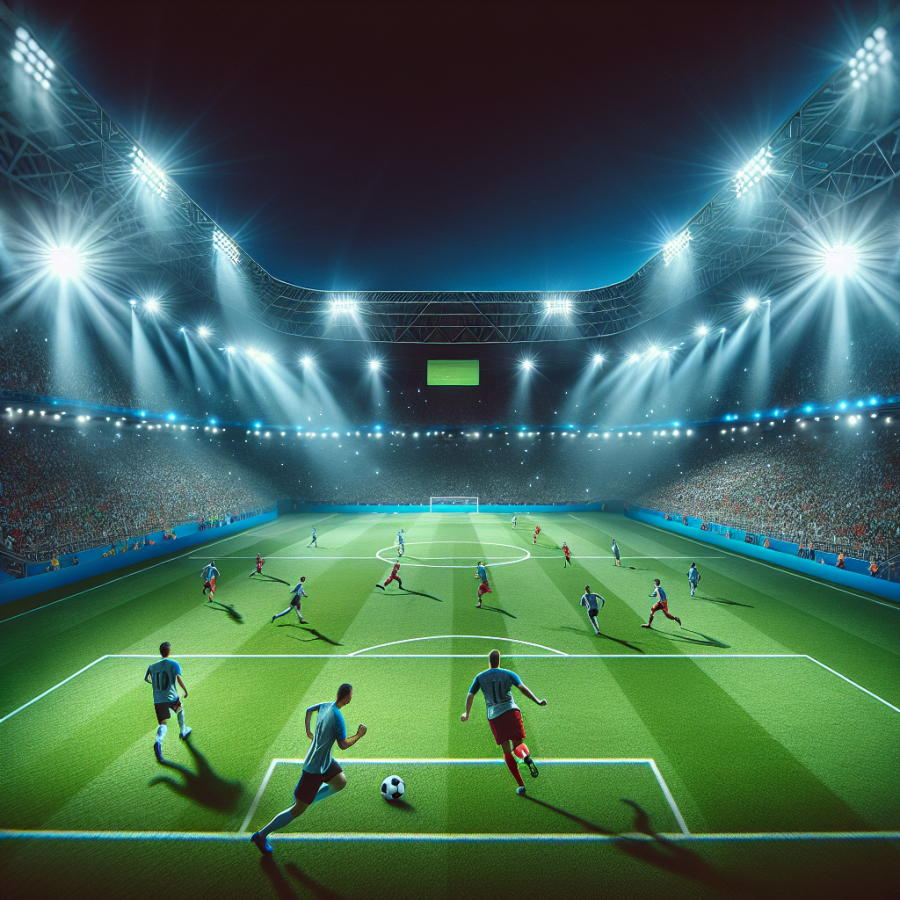Understanding the Time Regulations in a World Cup Soccer Game
A football World Cup match, under the governance of FIFA, abides by a set of established time regulations aimed at fostering a fair, coherent, and enjoyable play. From the initial kickoff to the final whistle, every second holds significance in the cut-throat competition, creating an appealing drama that attracts millions of soccer fans worldwide.
At its core, a World Cup soccer game's total playing time is made up of two halves, each lasting 45 minutes, resulting in a regulation playing time of 90 minutes. After the end of the first half, there is an intermission, lasting 15 minutes, known as halftime, during which the coaches can offer tactical advice to the team and players can recuperate. The second half resumes with the teams changing sides, following which the game proceeds further. The accumulated time of 90 minutes plus the halftime does not include any 'added time' or 'extra time' elements, which are supplemental in nature, and the understanding of which forms a critical part of soccer time regulations.
Added time, or stoppage time, is one of the unique features of soccer time regulations. This is the time added to each half by the referee to compensate for delays due to injuries, substitutions, or any other disruptions that occur during regular play. The amount of stoppage time varies from match to match based on the obstructive incidents' cumulative time during the half but is typically between one to five minutes. The fourth official notifies this additional time by holding up a board on the sideline, signaling to players, coaches, and spectators alike.
When a World Cup knockout stage game ends in a tie after 90 minutes of regulation time, the match enters into what is known as 'extra time,' not to be confused with 'added time.' Extra time consists of two additional 15-minute halves, with a brief intermission in between, providing teams a window to clinch victory before resorting to the lottery of a penalty shootout. This implies that a World Cup match can potentially last up to 120 minutes, not including added or stoppage time.
However, unlike some domestic cup competitions, FIFA does not employ a 'replay' rule where tied knockout games would need to be replayed on a different date. In the unlikely event of a draw even after extra time in a knockout stage game, the match is decided with a penalty shootout.
Read also:
Understanding the Importance of Golf Alignment Discs: Why They're a Game Changer
Factors Influiving the Duration of a World Cup Soccer Match
The duration of a World Cup match isn't as cut and dry as you may believe. Besides the standard 90-minute game and potential extra time, there are numerous other influencing factors that come into play. Understanding these will give you a deeper appreciation of the complexities of the beautiful game.
One of the main factors that can influence the length of a soccer match is injury time. Every injury or incidence of medical assistance on the field takes away from active playing time. This lost time is usually added at the end of the first and second halves, referred to as 'injury time' or 'stoppage time'. The duration of injury time is entirely up to the discretion of the referee, but significant injuries or multiple minor injuries can see stoppage time stretching as long as six or seven minutes.
Another factor is substitutions. Three substitutions are allowed per team during a World Cup soccer match. Each substitution can take up to 30 seconds to a minute, leading to a few minutes here and there being added to the total match duration. However, since the 2018 World Cup, teams have been allowed an additional substitute in games that stretch into extra time, adding even more time to the total duration of the match.
In the world of professional soccer, disciplinary actions also have a central role in the match's duration and flow. Yellow and red cards, conferred for various offenses, require the referee to halt play temporarily. After issuing the card, the referee records the incident, consuming about a minute. Instances of severe indiscipline can cause a game's length to increase considerably, especially when they incite intense debates or require lengthy consultations with the Video Assistant Referee (VAR).
Speaking of VAR, it represents another crucial factor that can extend the duration of a match. VAR is a relatively recent addition to the rules of soccer. It allows referees to review decisions made during a match using video footage. This system has proven to be time-consuming, with the average time for a VAR review being around three minutes. During intense and consequential matches, multiple VAR reviews can significantly prolong the game's length.
Extra time itself remains a potential lengthening factor, specifically in knockout stage matches. If a match during the knockout stage ends in a tie after the standard 90 minutes, it proceeds to an additional 30 minutes of extra time (divided into two 15-minute halves).




